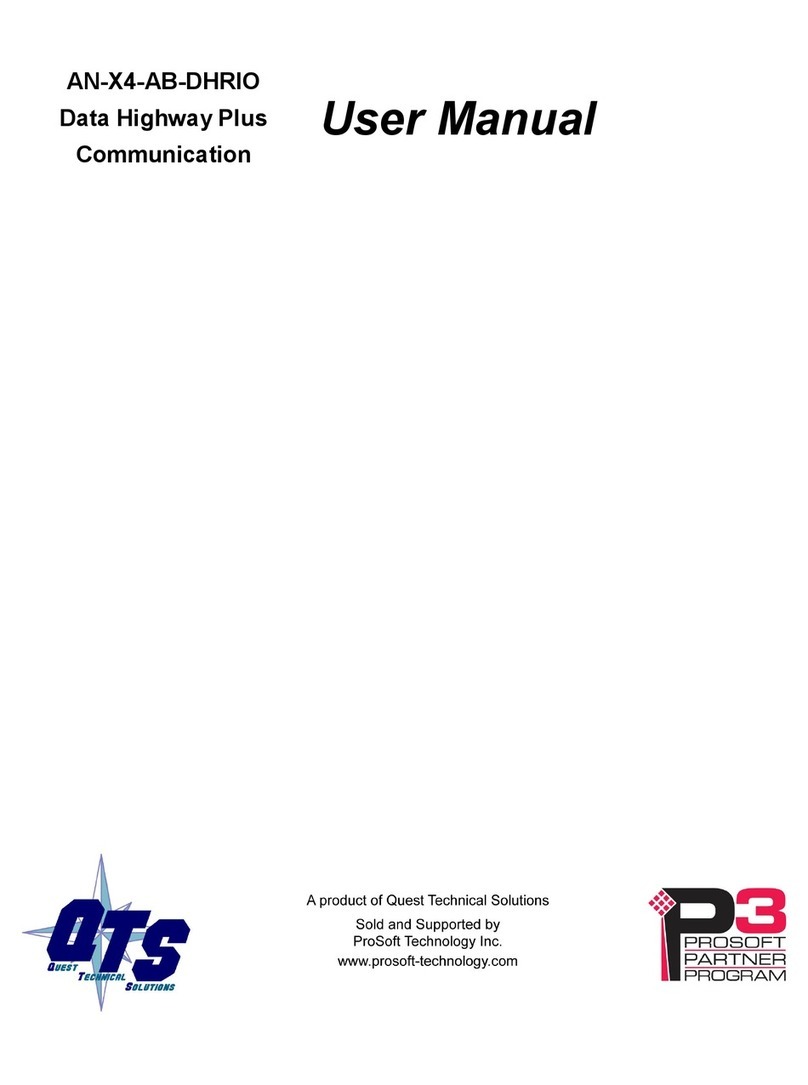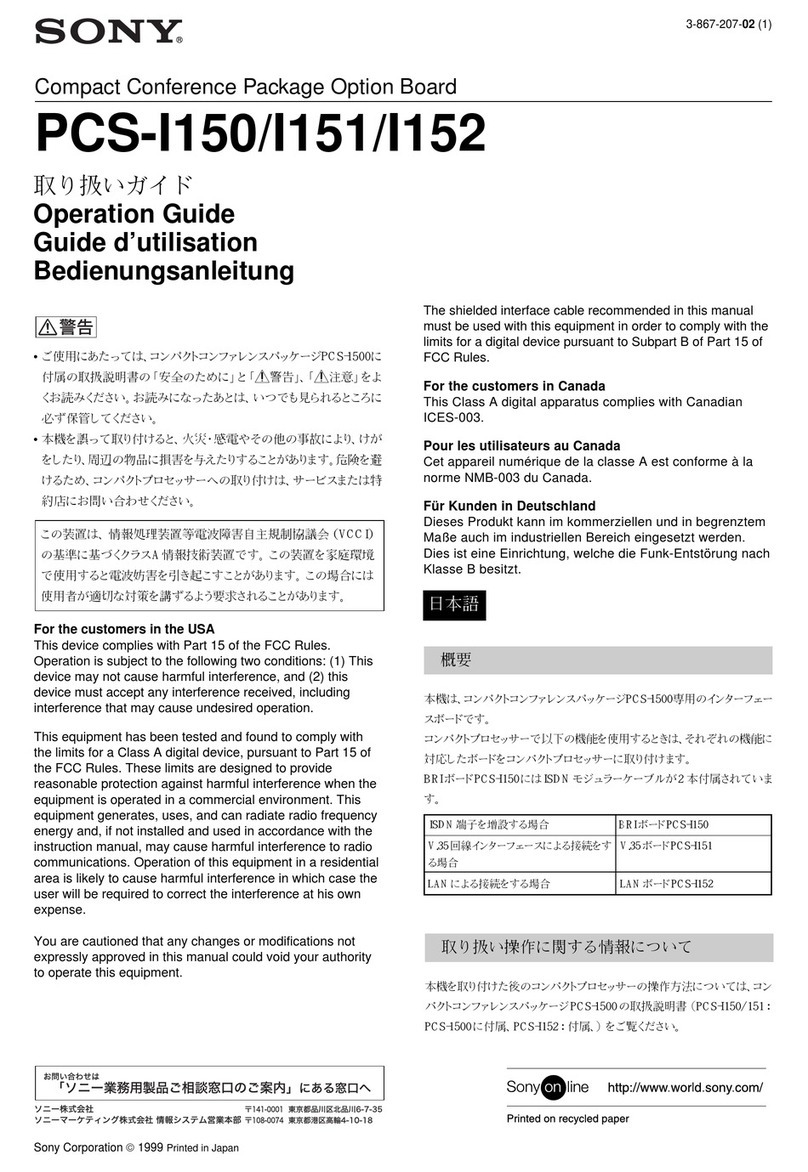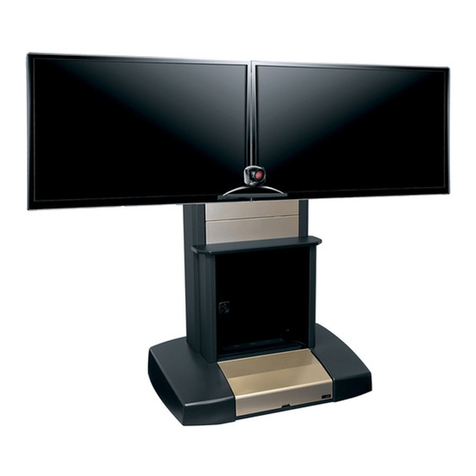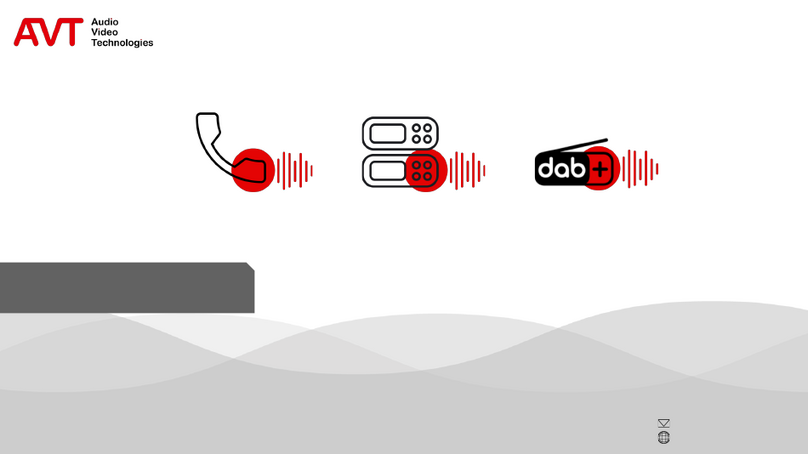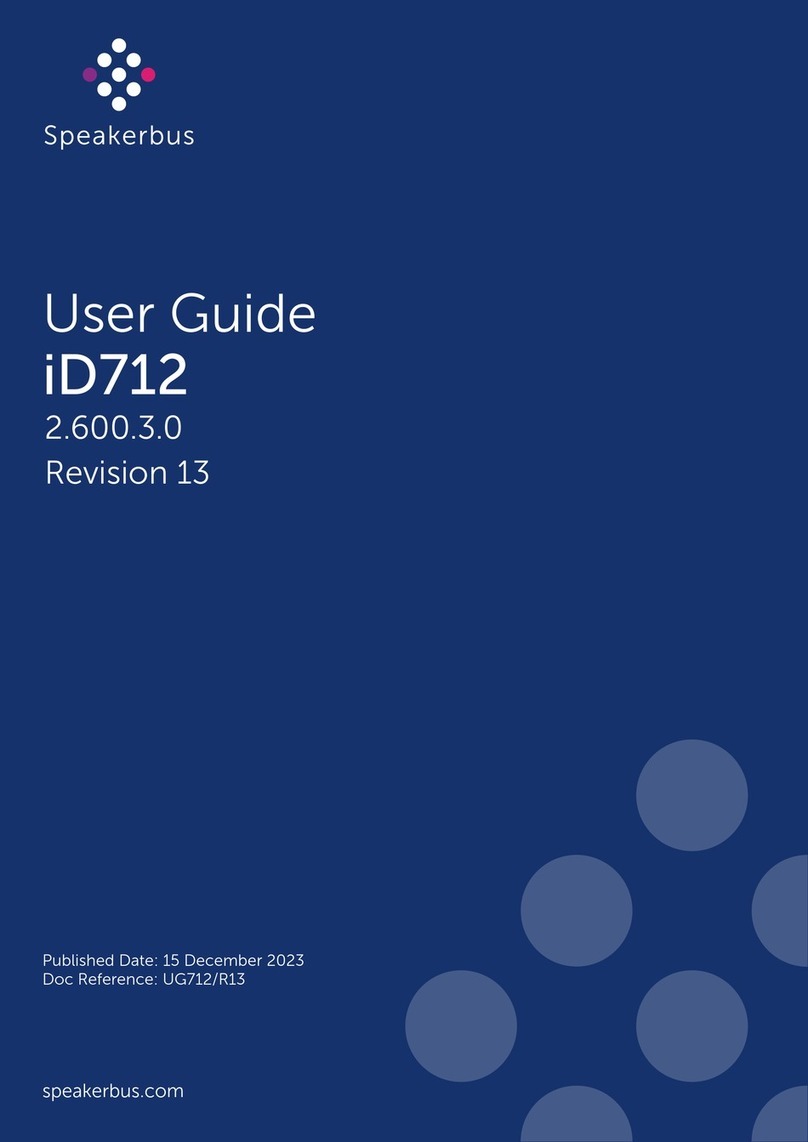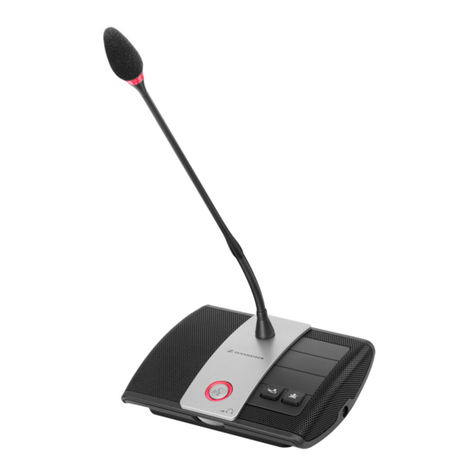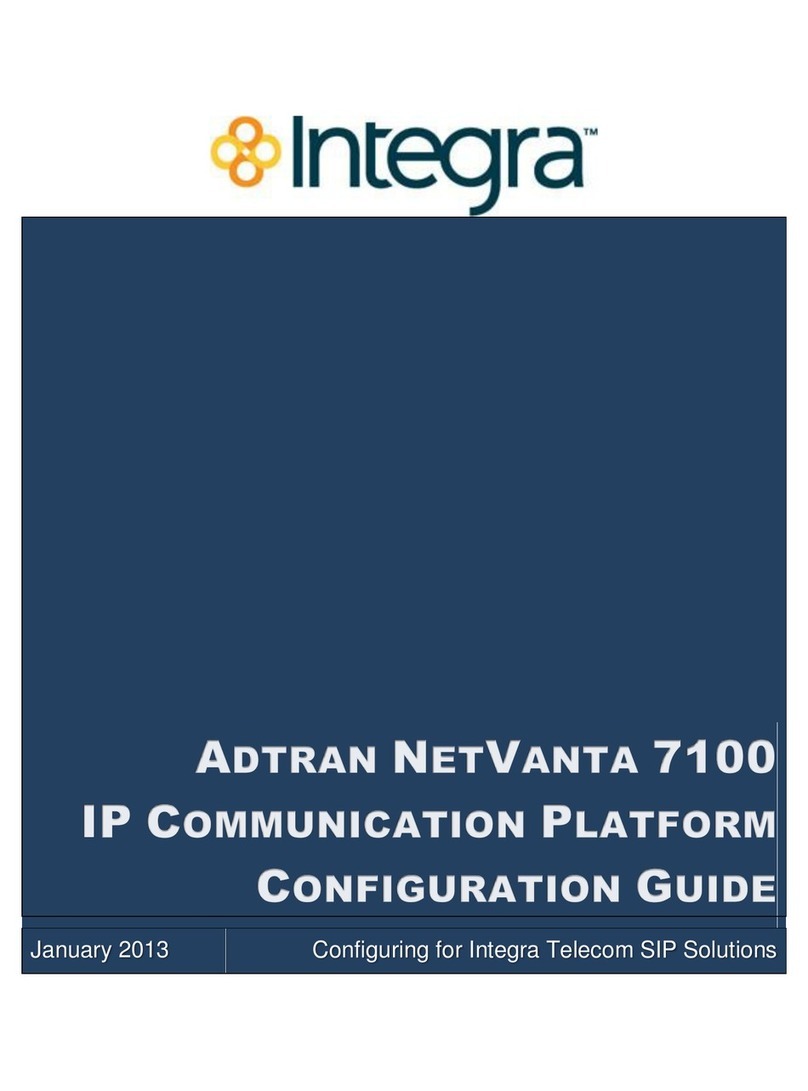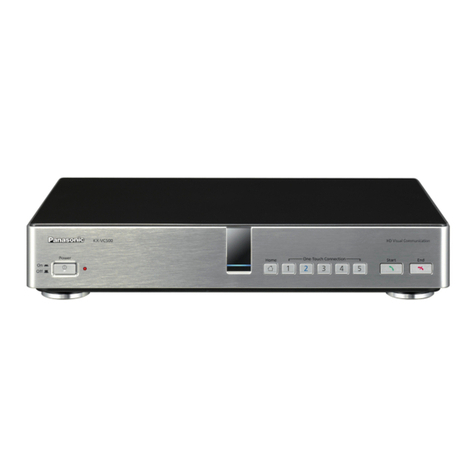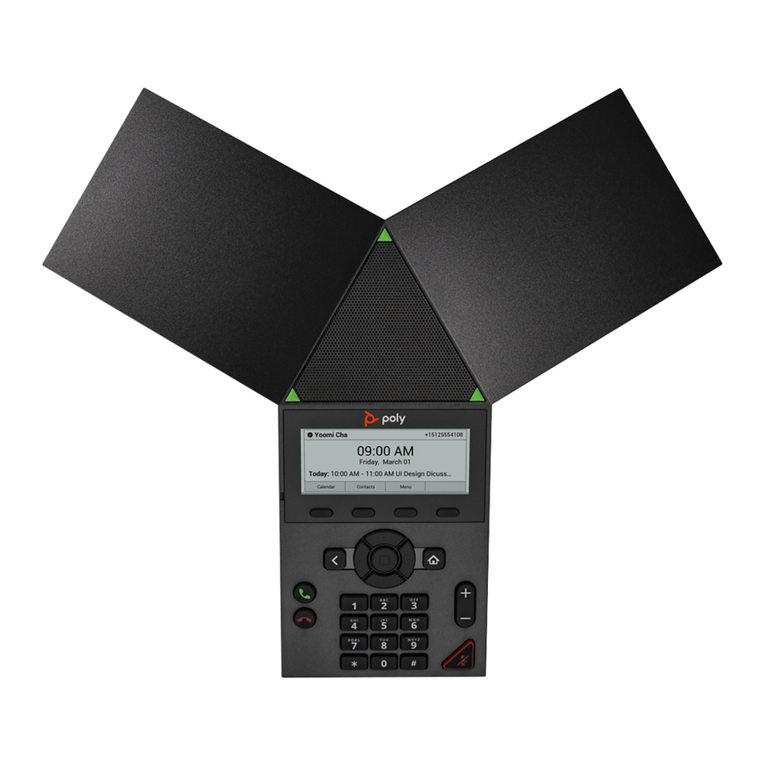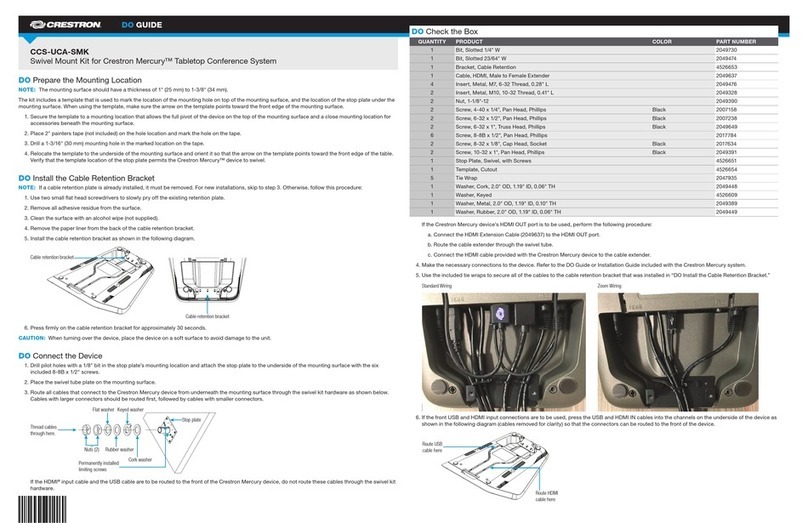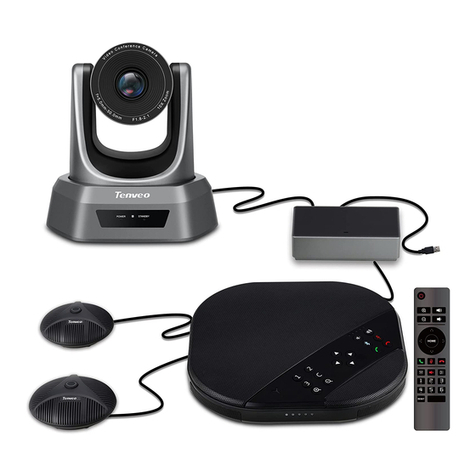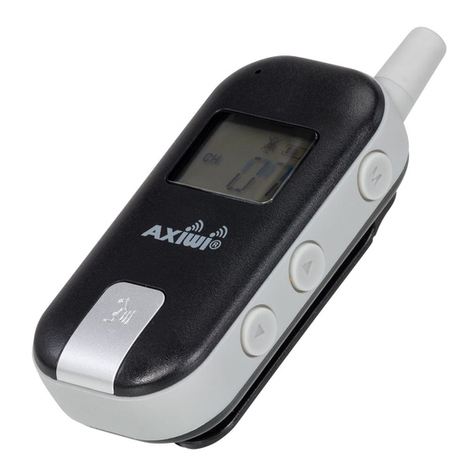Normenkonformität:
Die Motorrad-Kommunikationsanlage erfüllt die europäischen EMV-Normen, wie EN 55 013 (Radio), EN 301
489-1, EN 301 489-05 (EMV für PMR-Funksprechgeräte- und Zubehör), die WEEE und RoHS Direktiven (in
Deutschland Elektrogerätegesetz) und EN 60950 (elektrische Sicherheit) und trägt das CE- Zeichen.
Anschlussbedingungen für Zusatzgeräte
Alle mitgelieferten Kabel und die zugehörigen Buchsen am Gerät sind farblich zueinander passend gekennzeichnet (rot
= Funkkabel, grün = Sendetaste, blau = Handy bzw. Funkkabel 2.5 mm Stereo)
Funkgeräteanschluss:
Der Funkanschluss des AE 500 passt auf die meisten Handfunkgeräte, die eine 2.5 mm / 3.5 mm Buchsenkombination
haben, wie z.B. ALBRECHT Tectalk Pro, ALAN 443, ALAN 456 R, HP 446, Midland G7 oder G 12. Funkgeräte mit
2.5 mm Stereostecker, wie z.B. Tectalk FM +, Tectalk Smart, ALAN 777, ALAN K1, Midland G 5-R1 sind über einen
separat erhältlichen Adapter 29254 anschließbar, oder Sie benutzen dazu das mitgelieferte GSM Handykabel
(natürlich nur, wenn nicht gleichzeitig auch ein Handy angeschlossen werden soll). Die beiden Funkgeräte-
Anschlußnormen 2.5 mm (Mikrofon) + 3.5 mm (Hörer) oder 2.5 mm Stereo (Mikro + Hörer) werden auch von vielen
anderen Sprechfunkgeräten unterstützt. Sprachgesteuerter Funkbetrieb (VOX) ist technisch nicht vorgesehen, da einmal
der Fahrgeräuschpegel die bei Funk (im Gegensatz zum Handy) notwendigen extremen Anforderungen an die
Spracherkennung nicht ermöglicht, und andererseits die Sprechtastenbedienung das einzige Unterscheidungskriterium
zwischen Funk- und Handy darstellt.
MP3/DVD/CD-Navi-Anschluss:
Normstecker 3.5 mm Stereo. Das Radio schaltet bei Einstecken des Kabels ab. Eine Stereowiedergabe ist allerdings
nicht möglich, beide Kopfhörer geben das gleiche Signal in Mono wieder.
GSM Mobiltelefon (Handy):
Universal-Freisprechanschluss mit 2.5 mm „Stereo“ Stecker. Für die meisten Handy-Fabrikate gibt es im Zubehörhandel
geeignete Adapter zum Anschluss diverser Freisprecheinrichtungen mit diesem universal 2.5 mm Stereostecker.
Handy’s müssen von der Programmierung her „automatische Rufannahme“ gestatten und entsprechend eingestellt sein.
Das mitgelieferte GSM Kabel kann auch benutzt werden, wenn ein Funkgerät mit 2.5 mm Stereoanschluss benutzt
werden soll. In diesem Fall wird das Kabel natürlich nicht in die GSM Buchse, sondern in die linke Buchse für PMR
eingesteckt.
Einbau- und Anschlusshinweise
Einsetzen der Helmsets:
Die beiden Helmsets bestehen aus je zwei flachen, gepolsterten Hörern zum Einsetzen in den Motorradhelm, einem
Mikrofon zum Anbringen in Mundnähe mit Schwanenhals am Helm und einer wasserdichten Sprechtaste, die man in
Handreichweite z.B. am Lenkrad, aber auch am Handschuh anbringen kann.
Zur Montage dienen selbstklebende Klebe-Pads zum Einkleben der Hörer im Helm und bei der Sprechtaste ein
längenverstellbares Klettband. Die Klebepads haben auf der einen Seite (Schutzfolie abziehen) eine Klebefläche, auf der
anderen Seite einen Klettverschluss, so dass die Hörer sehr leicht haften und immer wieder abgenommen und
eingesetzt werden können. Motorradfahrer, die zum Anbringen der Sprechtaste nur beschränkten Platz z.B. auf einer
Metallplatte am Lenker haben, können das Klettband auch entfernen und die Taste mit Klebepads direkt aufkleben.
Montieren Sie die Hörer so im Helm, dass Sie noch einen geringen seitlichen Abstand zu den Ohren haben. Setzen Sie
die Hörer jedoch nicht so ein, dass sie vollständig über den Ohren sitzen, denn dann können Sie eventuell das übrige
Verkehrsgeschehen nicht mehr akustisch wahrnehmen (laut STVO dürfen Sie keine, beide Ohren akustisch voll
abdichtende Kopfhörer benutzen, da Sie dann unter Umständen nicht mehr Hupen und andere Signale hören können).
Beachten Sie bitte, dass Sie beim Einsetzen der Hörer keinerlei Veränderungen an dem Motorradhelm vornehmen.
Es ist von der ECE Zulassung der Motorradhelme her nicht erlaubt, innerhalb des Helms Material abzutragen, um z.B.
eine Vertiefung für den Hörer zu schaffen. Befestigen Sie das Mikrofon mit dem Schwanenhals so, dass das Mikrofon
immer in Mundnähe positioniert ist. Vor Anpressen des Klebepads die Klebestelle gut säubern (z.B. mit Alkohol,
keineswegs aber mit Lösungsmitteln). Drücken Sie die Klebestelle fest an, und beachten Sie, dass Klebepads ihre
endgültige Festigkeit erst nach einigen Stunden erreichen.
Die Sprechtaste und das Funkgerätekabel benötigen Sie nur, wenn Sie ein Funksprechgerät zusätzlich betreiben
möchten. Für die Grundfunktionen Intercom zwischen Fahrer und Beifahrer oder Radio/MP3 hören brauchen Sie die
Sprechtaste nicht, es genügt, die beiden Hörersets einzustecken.
Unterbringen des Zentralgeräts
Der beste Unterbringungsplatz ist im oder in der Nähe des Tankrucksacks. Ein am Zentralgerät angebrachtes Klettband
erleichtert die Befestigung. Die Verkabelung zum Fahrer dient gleichzeitig als Radioantenne. Daher ist die Unterbringung
in einer Jackentasche beim Fahrer nur als Behelf anzusehen, da am Körper getragene Kabel nur eingeschränkt als
Radioantenne brauchbar sind.

